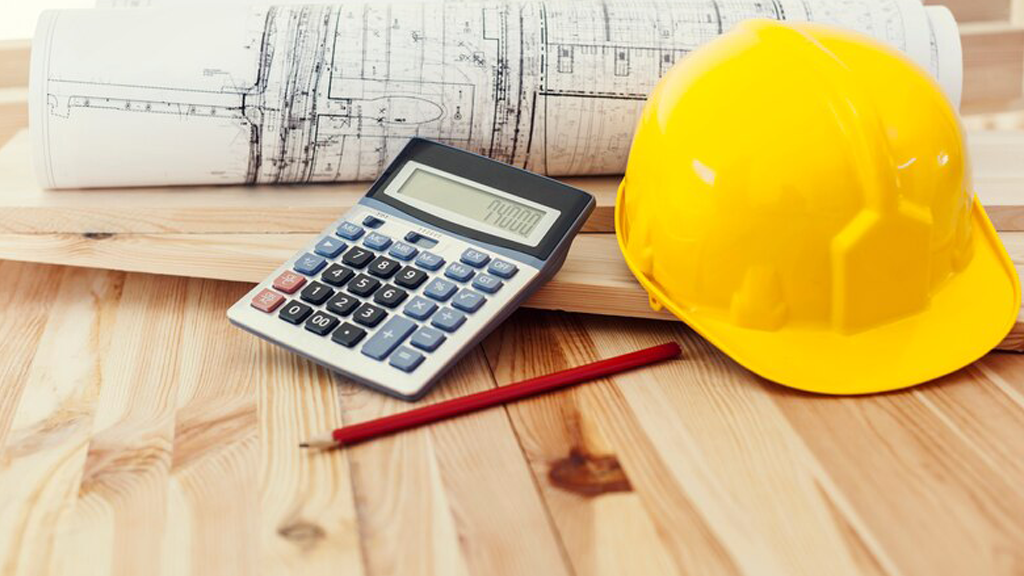How to Budget for Your Construction Project?
- Set the scope of your project:
A clear understanding of what you’re building will help you get started. This comprises:
- Size (square footage)
- Specifications of the design
- Finishes and materials
- Timeline
Tip: The more detailed your plan, the more accurate your budget will be.
- Get Accurate Cost Estimates:
Break down the costs into categories such as:
- Land acquisition (if applicable)
- Fees and permits Design and engineering
- Site prep and excavation
- Construction materials
- Labor
- Utilities and infrastructure
- Finishing touches (fixtures, paint, landscaping)
Pro Tip: Get quotes from multiple contractors and suppliers to compare.
- Include Other Costs:
These are non-construction expenses that are often overlooked:
- Architectural and engineering fees
- Legal and permit costs
- Insurance
- Financing (interest, loan fees)
- Inspections
- Add a Contingency Fund:
Set aside 10–20% of your total budget for unexpected costs like delays, price increases, or design changes.
- Track Expenses Closely:
Use a spreadsheet or budgeting software to:
- Keep track of all costs
- Compare progress to budget
- Flag overruns early
- Time is money, so plan ahead:
Delays can cost you extra in labor, financing, and missed deadlines. Keep timelines realistic and monitor them closely.
- Check and make adjustments often:
Budgets aren’t static. As the project progresses, revisit your numbers and adjust for real-time changes.
Hidden costs can be a real budget killer in construction if you’re not prepared. Here’s a practical breakdown to help you understand where these hidden costs creep in and how to avoid them:
How to Avoid Construction Projects’ Hidden Charges?
- Permit Delays & Fees:
- Cost Risk: Extra fees, penalties, and project delays.
- Avoid It: Research local regulations early and apply for permits well in advance. Consult with a local architect or permit expediter.
- Situation on the Site
- Cost Risk: Unexpected issues like poor soil, rock, or underground utilities can spike excavation and foundation costs.
- Avoid It: Get a professional site survey and soil test before finalizing your plans.
- Change Orders:
- Cost Risk: Design or material changes mid-project often carry hefty fees.
- Avoid it: By completing designs and materials before beginning construction. If you’re not sure, leave some room for changes.
- Utility Hookups:
- Risk of cost: Connecting gas, water, power, or sewer can cost thousands of dollars, especially if the location is far away.
- Avoid It: Confirm access to utilities and get quotes from service providers early.
- Material Price Fluctuations:
- Cost Risk: Prices of materials like lumber, concrete, or steel can change unexpectedly.
- Avoid It: Lock in prices with suppliers where possible. Consider escalation clauses in contracts.
- Labor Shortages or Overtime:
- Cost Risk: Limited skilled labor can lead to delays or premium rates.
- Avoid It: Schedule wisely and vet contractors with solid track records and availability.
- Poor Project Management:
- Cost Risk: Miscommunication or delays in decisions can cause downtime and rework.
- Avoid It: Assign a project manager or use project management software to streamline workflow.
- Incorrect Measurements or Mistakes:
- Cost risk: Mistakes in layout or measurements frequently result in wasted materials or costly redos.
- Avoid It: Double-check all plans and hire experienced, licensed professionals.
- Weather Delays:
- Cost Risk: Rain, snow, or extreme heat can pause work, extend rentals, and add labor costs.
- Avoid It: Plan your build around local climate patterns and have contingency days built into the schedule.
- Code Upgrades or Compliance Issues:
- Cost Risk: Needing to meet updated building codes midway can require expensive retrofits.
- Avoid It: Ensure plans are reviewed for compliance before submission. Work with engineers who have experience.



